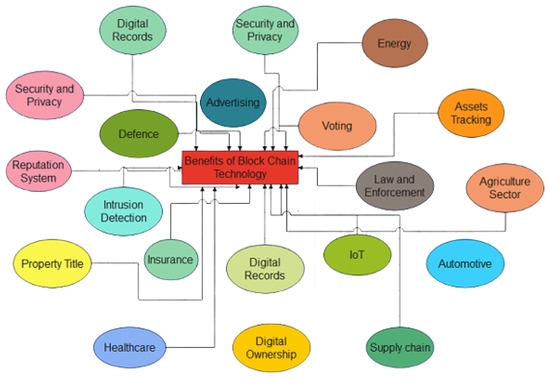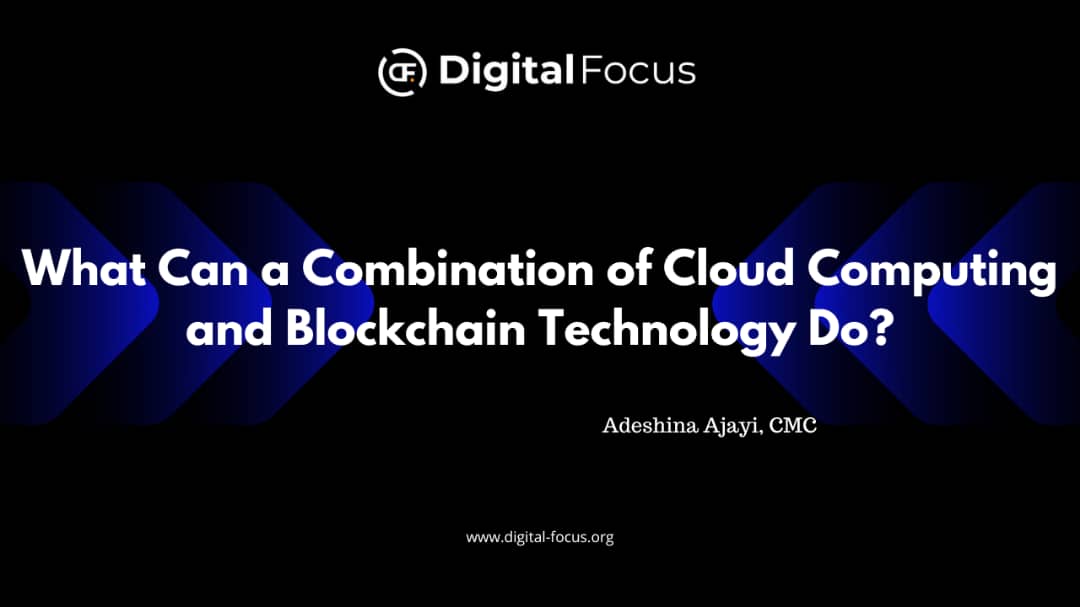Introduction
Definition of Blockchain and Cloud Computing
Blockchain and cloud computing are two revolutionary technologies that have transformed how we handle and store data.
- Blockchain: This decentralized ledger technology records transactions across multiple computers, ensuring security and transparency. Each block in the chain contains data, a timestamp, and a cryptographic hash of the previous block, making tampering virtually impossible.
- Cloud Computing: This refers to the delivery of computing services—such as storage, processing power, and networking—over the internet (“the cloud”). It allows users to access resources on-demand, promoting scalability and flexibility without heavy hardware investments.
Significance of the Relationship
The integration of blockchain with cloud computing enhances both technologies by leveraging their strengths. Blockchain provides secure transaction capabilities, while cloud computing offers scalability and accessibility.
For instance, businesses can benefit from:
- Enhanced data integrity
- Cost-effective storage solutions
- Improved trust among stakeholders
This synergy presents exciting opportunities across various sectors, from finance to healthcare, making the interplay between blockchain and cloud computing a subject worth exploring in-depth.

Understanding Blockchain Technology
Overview of Blockchain
Continuing our exploration, let’s delve into blockchain technology itself, which is often described as the backbone of cryptocurrencies like Bitcoin. At its core, blockchain is a digital ledger that maintains a record of transactions in a secure and decentralized manner.
- Each transaction, or block, is linked to the previous one, creating a chain that is nearly impossible to alter.
- This decentralized nature means no single entity controls the entire network, reducing risks of fraud and enhancing trust.
Key Features of Blockchain
What sets blockchain apart from traditional databases? Here are some key features:
- Transparency: Every participant can view and verify transactions, fostering trust.
- Immutability: Once recorded, information cannot be changed, ensuring data integrity.
- Security: Cryptographic techniques protect data against unauthorized changes.
For example, in supply chain management, companies can track the provenance of products, ensuring authenticity and safety. The unique characteristics of blockchain make it a powerful tool across various industries.
Exploring Cloud Computing
Introduction to Cloud Computing
Having understood blockchain, let’s shift gears and explore cloud computing, a technology that has revolutionized how businesses operate. Essentially, cloud computing allows users to access and manage data and applications over the internet instead of relying on local servers.
This flexibility means that companies can scale resources up or down based on their needs without hefty investments in hardware. For instance, startups can use cloud services to launch their applications quickly without worrying about infrastructure.
Types of Cloud Services
There are three primary types of cloud services that cater to different needs:
- IaaS (Infrastructure as a Service): Provides virtualized computing resources over the internet, such as servers and storage.
- PaaS (Platform as a Service): Offers a platform allowing developers to build, deploy, and manage applications without worrying about the underlying infrastructure.
- SaaS (Software as a Service): Delivers software applications via the internet, accessible through a web browser.
The flexibility and efficiency of cloud computing make it an essential component of modern business strategies.

Integration of Blockchain and Cloud Computing
Benefits of Combining Blockchain and Cloud
As businesses continue to embrace both blockchain and cloud technologies, it’s crucial to understand the benefits of their integration. This powerful combination not only enhances security but also provides unparalleled efficiency.
- Enhanced Security: Blockchain’s immutable records safeguard sensitive data stored in the cloud.
- Lower Costs: By combining resources, enterprises can reduce the need for extensive hardware and infrastructure investments.
- Increased Transparency: The visibility provided by blockchain promotes trust among stakeholders and enhances collaborative efforts.
Use Cases and Examples
Numerous industries are already reaping the rewards of this integration. For example:
- Supply Chain Management: Companies can track products from origin to delivery, ensuring authenticity and quality.
- Healthcare: Secure patient records can be shared across platforms while maintaining compliance with regulations.
- Financial Services: Blockchain enables secure transactions and smart contracts to streamline processes.
These examples illustrate how integrating blockchain and cloud computing can address significant challenges, paving the way for innovation across various sectors.

Security and Privacy Considerations
Security Challenges in Blockchain and Cloud Computing
While the integration of blockchain and cloud computing offers immense benefits, it also brings unique security challenges. For instance, while blockchain provides an immutable record, it does not eliminate vulnerabilities in the cloud infrastructure.
Some notable challenges include:
- Data Breaches: Centralized cloud storage can be a target for cyberattacks.
- Smart Contract Vulnerabilities: Flaws in smart contracts can lead to unexpected exploits in blockchain applications.
- Compliance Risks: Ensuring adherence to data protection regulations can be more complex in a combined environment.
Best Practices for Securing Data
To mitigate these risks, organizations can adopt several best practices:
- Encrypt Data: Use strong encryption methods both in transit and at rest.
- Regular Audits: Conduct frequent security audits to identify and address vulnerabilities.
- Educate Employees: Provide ongoing training on cybersecurity protocols.
By implementing these strategies, businesses can create a more secure environment that leverages the strengths of both technologies while minimizing potential risks.

Future Trends and Possibilities
Emerging Technologies in Blockchain and Cloud Computing
As we move further into the digital age, the synergy between blockchain and cloud computing continues to evolve, ushering in exciting emerging technologies. Combining these two paradigms sets the stage for innovative advancements such as:
- Decentralized Cloud Services: These services aim to distribute data storage across blockchain networks, enhancing security and availability.
- Smart Contracts on the Cloud: Integrating smart contracts into cloud applications can automate processes and streamline operations significantly.
Imagine a supply chain application where transactions are automated and verified in real-time, drastically reducing delays!
Predictions for the Future
Looking ahead, several predictions can be made regarding the integration of these technologies:
- Increased Adoption: More businesses will likely embrace blockchain technology for enhanced security and transparency.
- Regulatory Developments: As blockchain and cloud computing grow, governments may develop clearer regulations to address challenges.
These advancements present opportunities for organizations to harness the combined power of blockchain and cloud computing, paving the way for more secure and efficient operations across diverse sectors!

Conclusion
Recap of the Combined Potential
As we’ve explored throughout this article, the integration of blockchain and cloud computing presents an array of possibilities that can revolutionize various industries. By leveraging the unique strengths of both technologies, businesses can enhance security, increase transparency, and streamline operational efficiencies.
From decentralized storage solutions to automated smart contracts, the potential is immense. Organizations are already experiencing the benefits, ensuring that they remain competitive in a rapidly changing digital landscape.
Final Insights and Recommendations
In conclusion, here are a few recommendations for businesses looking to harness this potential:
- Evaluate Your Needs: Assess how blockchain can enhance your existing cloud solutions.
- Stay Informed: Keep up with evolving technologies and regulatory requirements.
- Invest in Training: Equip your teams with the necessary skills to navigate this integrated environment.
By adopting these strategies and embracing the combined power of blockchain and cloud computing, organizations can position themselves for future success and innovation.

